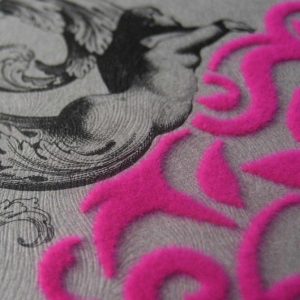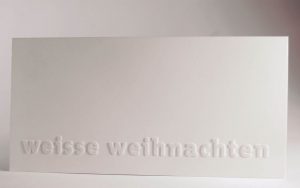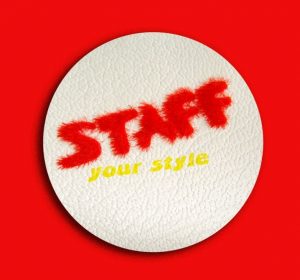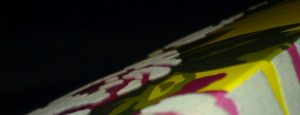The finishing technique of flocking with textile fibres is already very old and literally (almost) known to every child: When, while doing handicrafts in kindergarten, wool residues are cut into the finest threads with scissors and the resulting wool dust is then enthusiastically scattered on paper on which with UHU out of the tube e.g. Christmas motifs were painted – then the principle of flocking has been understood.
In principle, it also works on a technical scale: Only that the adhesive is not worked with tube glue, but the adhesive is applied with silkscreen printing – and the whole thing takes place in an electrostatic field, which for an exact alignment of the flaking fibres provides.
This creates surfaces with a defined textile feel. And just as textiles are available in a wide range from soft and fluffy to hard and scratchy, very different haptic appearances can be produced here too by selecting the appropriate fibres.
As rules of thumb, you can say: The thinner the fibers are relative to their length, the softer the surface feels. And the finer the subject, the shorter the flake fiber must be.
Multi-coloured implementations are also possible.
Flaked motifs create a unique “haptic pull”-as we call it when a surface exerts a magical effect of wanting to touch it.
Smooth surfaces are generally better suited than rough ones – but with Colour Matters, the beautiful natural paper with a rough or embossed surface, we nevertheless achieve the best implementation results.
Interesting for you? Please, contact us. Send us your draft for implementation.




